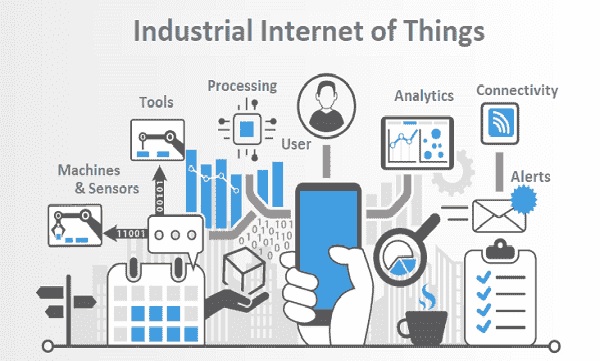Low-code and no-code in AI
Low-code/no-code development platforms are types of visual software development environments that allow enterprise developers and citizen developers to drag and drop application components, connect them together and create mobile or web apps. These platforms are often discussed synonymously with the development methods they embody.
Low-code and no-code modular approaches let professional developers quickly build applications by relieving them of the need to write code line by line. They also enable business analysts, office administrators, small-business owners and others who are not software developers to build and test applications. [1]

Figure 1. Low-code and no-code in AI
Figure 1 shows Low-code development platforms are based on the concepts of model-driven design, automatic code generation, and visual programming. Hence, low-code platforms are software applications that offer a GUI for coding to produce code rapidly and thereby reducing conventional hand-coding efforts
Along with low-code platforms, no-code development platforms are generally perceived as “extraordinarily disruptive”. No-code platforms are software platforms that leverage a visual development interface to allow non-programmers to build full applications. Hence, the platform users are not required to have coding experience for building software with no-code tools. Such platforms do not require users to have coding experience for building software with no-code tools. [3]
Advantages of low-code/no-code platforms
- Accessibility: Low-code/no-code platforms enable non-tech people or businesses to build AI systems from scratch, thus, making AI more accessible to a wider variety of companies.
- Usability: These tools often have an intuitive drag-and-drop interface where the complexity is reduced to its minimum, so, as a rule, it’s quite easy to navigate through low-code/no-code AI platforms.
- Speed: Because low-code/no-code AI platforms often have pre-built AI models, project templates, and ready-made datasets, it takes much less time to label and iterate the data, significantly accelerating the model development.
Voice intelligence enables businesses to record or capture—and learn from—calls, delivering a variety of different benefits:
Disadvantages of low-code/no-code platforms
- Security: Some platforms may fail to design access protocols and that’s an issue for companies where security is at the utmost priority. It’s safe to research the terms and conditions to clearly understand how and where your data is going to be processed.
- Lack of trust: What we’ve seen so far is that low-code/no-code AI platforms gain popularity, but are they as practical as the traditional ML approaches? According to Google Trends, the interest in no code ML is increasing but people interested in traditional ML are far ahead. This is because ML and computer vision have been there for a while, these resources and libraries heavily outnumber low-code/no-code AI platforms. [2]
References:
- https://searchsoftwarequality.techtarget.com/definition/low-code-no-code-development-platform
- https://blog.superannotate.com/guide-to-low-code-no-code-ai-platforms/
- https://viso.ai/computer-vision/low-code-ai-for-computer-vision/
Cite this article:
Thanusri swetha J (2022), Low-code and no-code in AI, AnaTechMaz, pp. 49















